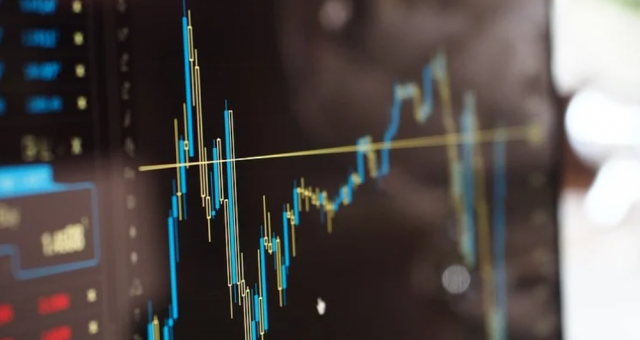
Impact Of The New “Adverse Market Refinance Fee” And How To Beat It
In these challenging times when the economy is battered by the COVID-19 pandemic, the record low refinance rates was a silver lining. Homeowners were utilizing their equity in their homes to save on their monthly payments for some relief on bills. But, on August 12, Fannie Mae and Freddie Mac( the government-controlled mortgage finances) announced a new “Adverse Market Refinance Fee” of 0.5% on most mortgage refinances starting September 1. This means borrowers will have to pay more for refinancing loans.
According to the Mortgage Bankers Association last week more than 3 in 5 mortgage applications were for refinancing loans. A real estate data firm Black Knight estimated that at the current mortgage rate of approximately 2.96% another 18 million people could save by refinancing. So, this means that thousands of people who have not yet locked their interest rates may be hit with this unexpected cost as it generally takes a few weeks to close on a mortgage refinance.
After the announcement by the Fannie Mae and Freddie Mac, the National Association of Mortgage brokers along with Mortgage Bankers Association and various other members of the housing industry (like American Land Title Association, American Bankers Association, and many others) have called upon the Federal Housing Finance Agency to withdraw what has been slammed as an “ill-timed and misguided directive”.
This can result in some technical adjustment and the cut-off date may be extended by a few months but the fee may not be completely done away with.
Should borrowers drop their refinance applications due to this fee?
If you have already locked in with the lender then you can go ahead as you will not be hit by this fee. But, if you have applied for a refinance and have not locked in, you may risk getting hit with the new fee if you do not close by September 1. Also, homeowners who are yet to apply could be in for a surprise.
For now, we should wait and see what happens with this new fee. The half-percent increase means an additional $1400 cost on average, which may result in many having a different view on refinancing, but it also depends on the borrowers’ needs and their outlook on rates.
Despite the new fee, refinancing may still be a financially sound choice as rates are low and borrowers can still be able to save money though not the same as it would have been without this new fee.
There are a few things to consider before you decide to refinance, like when you plan on moving because if you sell your home within a few years you will not be able to make up the money you spent on closing costs. You should also make sure your credit score is high enough (700 and above) to catch-up on the interest rate that you need to save money.
So, if it makes financial sense to refinance, then you could continue to pursue it.
How Refinancers Can Avoid the New Adverse Market Refinance Fee
The new fee of 0.5% cost will be assessed from September 1, 2020, and will apply to both cash-out and limited cash-out refinances. It will also apply HomeReady and loan to value refinances that are offered by special government programs.
However, there are still many ways you can avoid the fee and the higher interest rate when you refinance.
- The new does not apply to construction-to-permanent loans with a single closing that is processed as refinance loans.
- Portfolio Loans: Lenders sell most of their mortgages to third parties like Fannie Mae and Freddie Mac so that they can generate more funds to lend to other customers. However, a portfolio mortgage is a loan that some banks and credit unions originate and either hold onto or sell to private investors. As portfolio loans are not purchased by Fannie Mae and Freddie Mac the 0.5% fee will not apply. The downside is that though portfolio lenders offer more options, they come with higher interest rates.
- Jumbo loans: Loans over $510,400 in most areas will not be liable for the new fee.
- Government-backed loans: Mortgages that are not backed by the government like VA, USDA, and FHA loans will not be affected by the new fee hike.
How Refinancers Can Off-set the new fee
If you intend to refinance but have been putting it off and now you are looking at another upfront fee that will amount to an average of $1,750 for refinancing a $350,000 mortgage. How would you take that? You can make up for the new fee by trimming other refinance and related costs by:
- Shopping around diligently for your refinance rates.
- Shop around for your closing costs as some of these costs are negotiable.
- Checking rates from several insurers when your homeowners’ insurance comes up for renewal so that you get the best price.
By smart comparison shopping, you can reduce your costs and still come out far ahead to refinance even with the new fee.
Final Thought
This fee does not have to stop one from refinancing as besides monthly savings, refinancing your mortgage can help you repay the loan faster (converting 30-year mortgage to 15-year mortgage), get rid of mortgage insurance, or extract home-equity for home improvements and other uses.
Also, the chances are that mortgage rates will not stay put at these historic low rates for very much longer. Many experts have already signaled that the rates may continue to increase. So it is crucial that if you intend to refinance and reduce your mortgage payment or buy a new home, you should act quickly.
Contact our experts today for the best market rates.


